10 Top Tips
Sustainability and graphic design
–
Hi, Mark here from Superfried, a design agency in Manchester. Over the years I have seen many posts banging on about the importance and power of graphic design and our responsibility as professionals within the field.
Often I have felt such articles have greatly inflated the positive power of the profession. Yes, in the right scenario, graphic design can make a big difference in promoting causes and communicating positive messages that can lead to societal change. But let's be honest, in the vast majority of cases graphic design is being used to push products, not improve humanity.
However, with the world now facing more environmental challenges and uncertainty for our future than ever before, it got me considering – What can graphic designers do? Is it our responsibility to act? If so, how should we proceed?
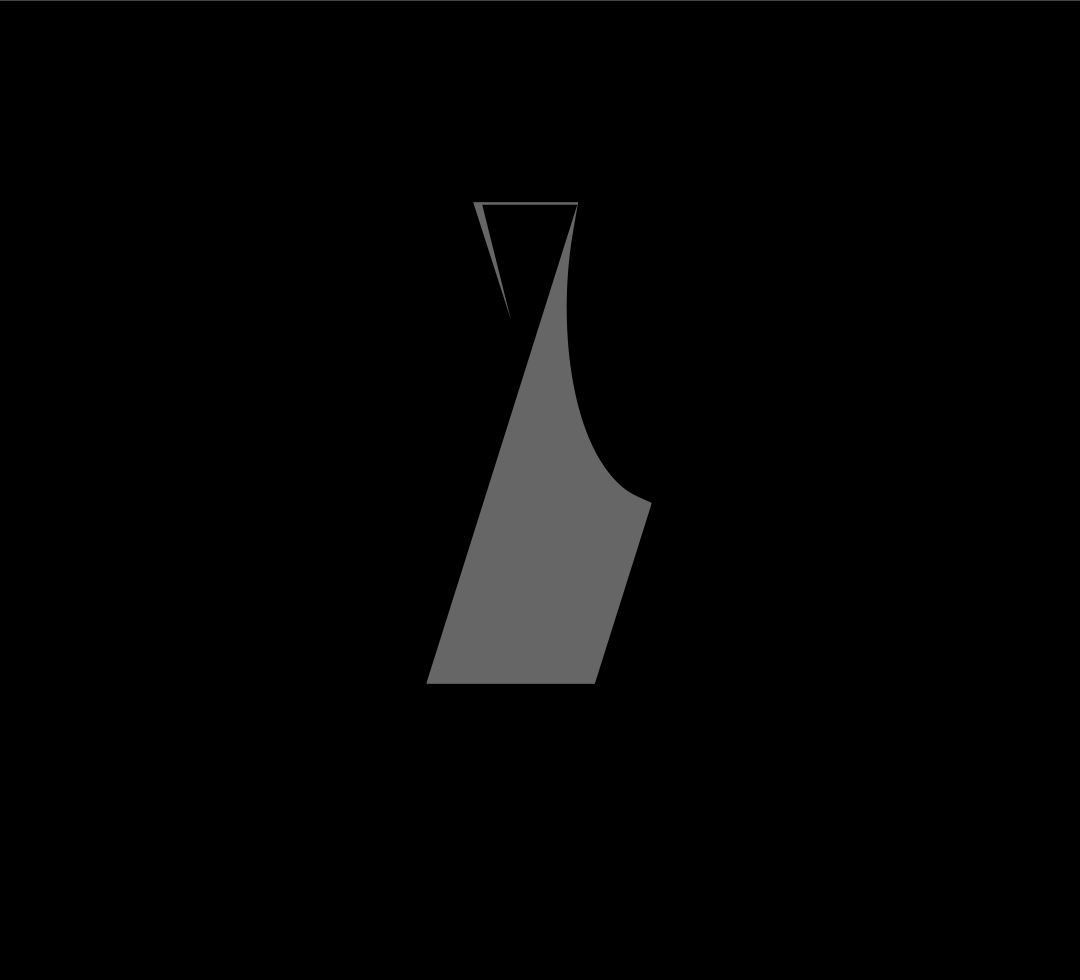
01 What is the job of a graphic designer?
To answer this question I started at the very beginning –
As a graphic designer, what am I being paid to do?
The first thought of many will be that our job is to simply help our clients convey their message to their target audience and make them look good in the process. And some of that is true. But I would argue that our main role is the same as any hired professional – to advise our clients and solve their problems.
The key word for me here is advise, since this is where the power of a graphic designer resides. The client is placing an immense amount of trust in us, so it is important to respect this and take responsibility. The results of our work will potentially affect the future success of the company and the livelihood of those working for it. Consequently, especially for branding solutions, as graphic designers, we should be developing creative strategies for our clients with longevity in mind.
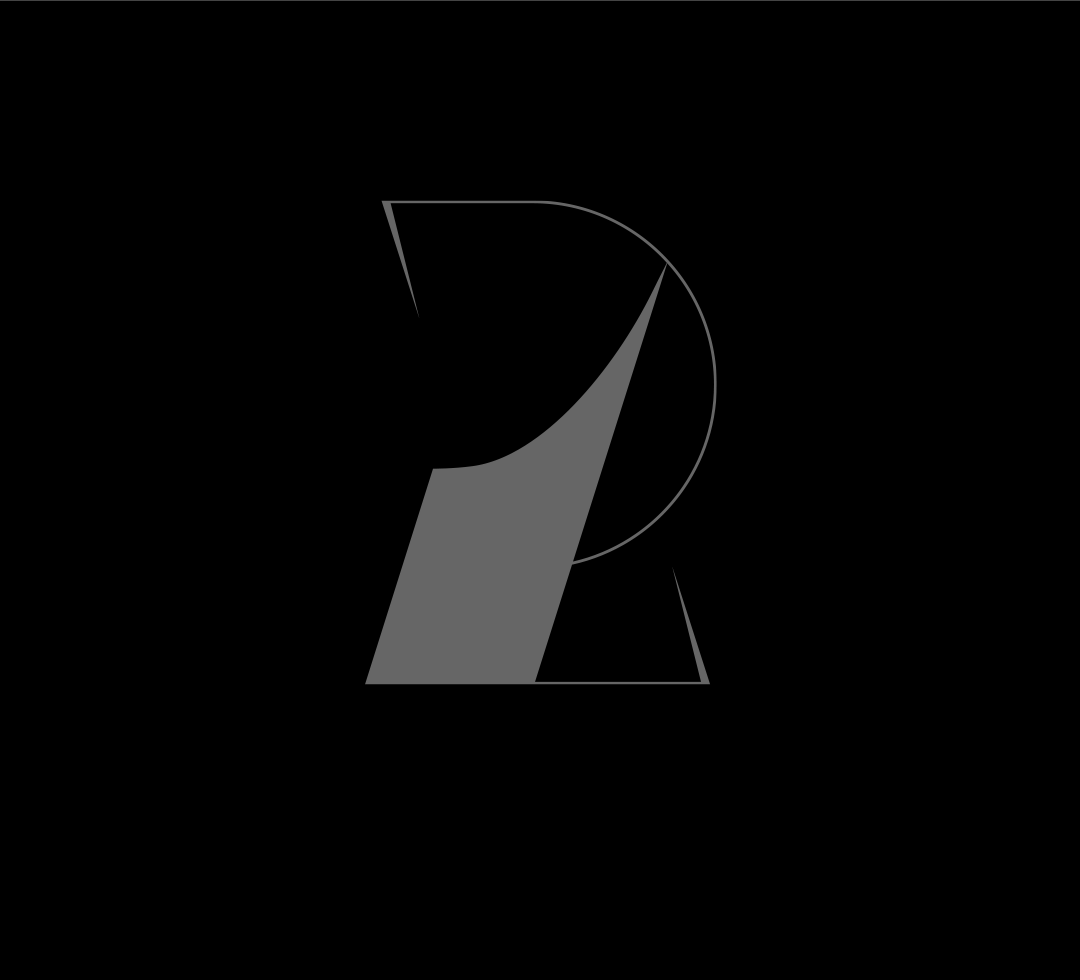
02 Position of influence
Based on the role definition established in Point 01, despite the general consensus, it is clear that the role of a graphic designer is a potential position of influence. And with any kind of influence comes responsibility.
If it is our job to advise our clients to the best of our ability, if we do not advise them to make better eco choices, it could be detrimental to their company now and in the future due to public perception, recruitment, future contracts, or potential costly legislation changes. This will become more significant as companies are required to consider their Environmental Social Governance (ESG).
It’s not going to be easy. It will require telling clients things they do not wish to hear and may not act upon, but it is essential clients are informed. To avoid this would be negligent.
Leave telling people what they want to hear to the politicians : )
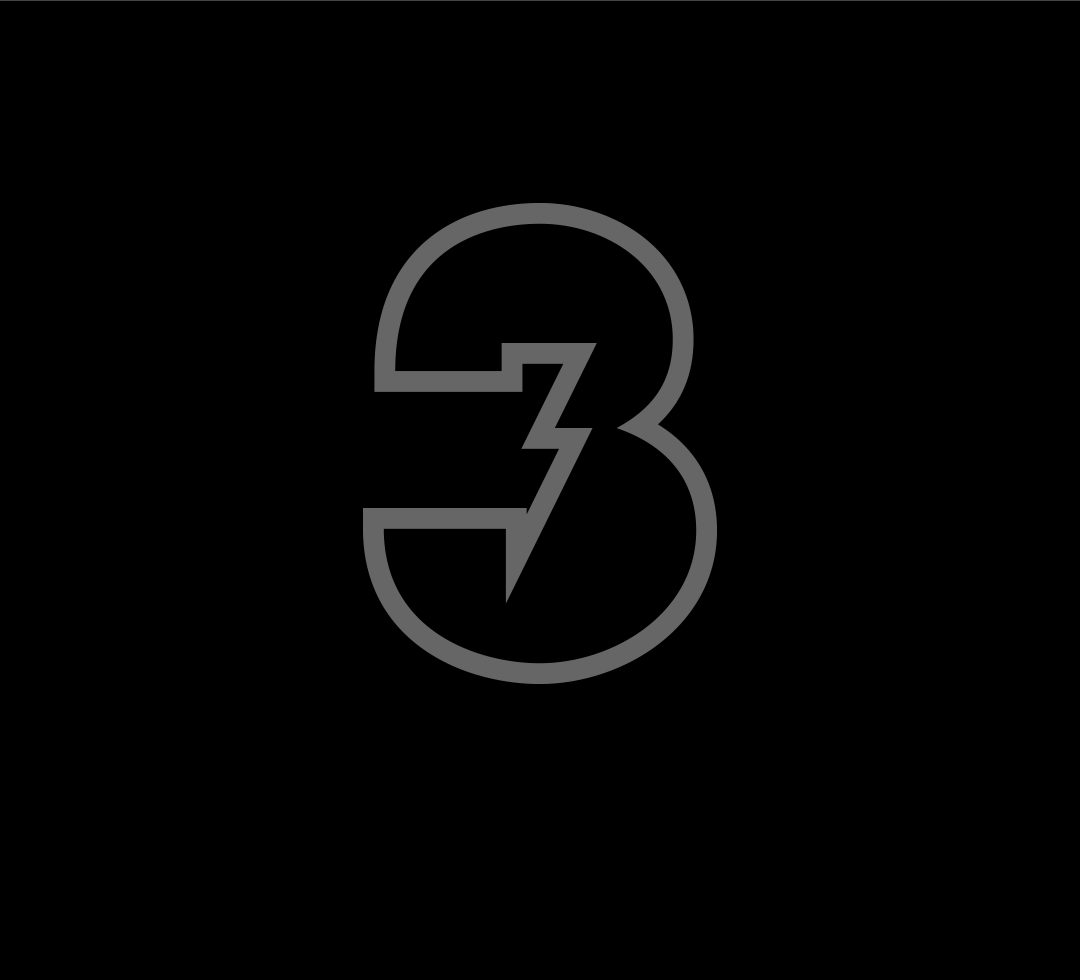
03 I am just a graphic designer, it isn’t my job to save the planet?
You are right, it isn’t YOUR job, it is everyone’s. No matter how well we shop and scrutinise our energy suppliers, everyone is contributing to some degree to our current environmental problems. Don’t get me wrong, there are certainly some folk that have created a lot more mess than the rest, but I fear waiting for them to tidy up after themselves will be futile : )
The problems we are facing are global – there is no escape – so it requires a global response. The actions of well meaning students will not be enough. We all need to contribute and governments need to legislate and invest. We could all do more and I am no exception. But if we are to advise clients on better environmental conduct, it is more likely we will be heard if we lead by example.
Personally, I have embarked on a mission to try and eradicate the plastic from our weekly shop via more eco friendly products. To stop myself deviating from my path towards eco living I have been documenting the results – see Walk the Talk link below.
From a professional perspective, I have written an ebook to help clients with an authentic message cut through the greenwash – see link below. I am also evaluating the impact of Superfried as a design company for ways to reduce its carbon footprint, such as premises, energy usage, and improving the eco efficiency and performance of the website.
But I still have a long way to go.
References
-
Walk the Talk – My progress towards Eco living
Walk the Talk
My progress towards eco Living
-
Surf through the Greenwash – Free ebook by design agency by Superfried
Surf through the Greenwash
Free ebook to tackle Greenwashing
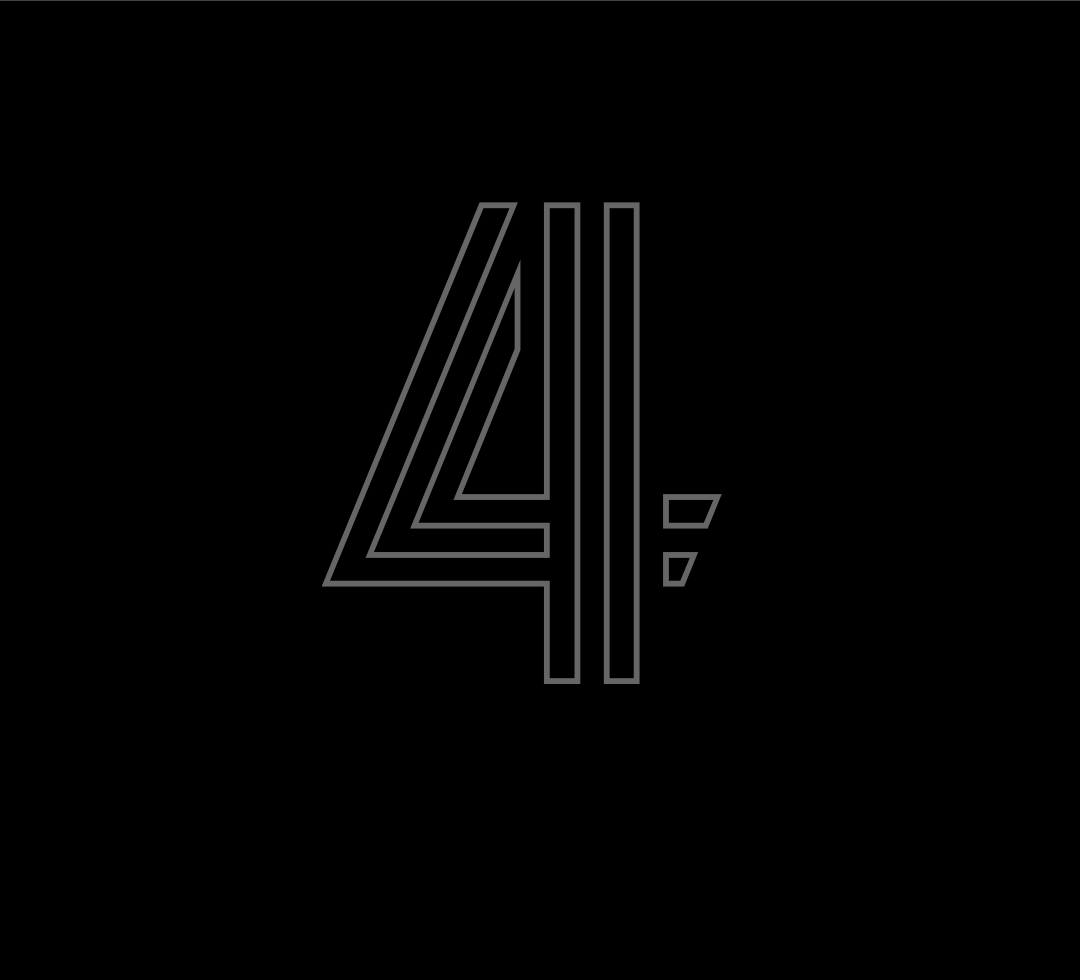
04 But I am only a junior designer working at a design agency?
Fair point. So far I have commented from the perspective of an independent graphic designer with direct access to the client – which after 15+ years becomes a habit. Although a long time ago, I did briefly work at a design agency – so I can empathise with your frustration. However, in any good creative studio, there should be no such thing as a bad idea and, regardless of the hierarchy, everyone should be able to contribute.
As the junior designer, you are more likely to be one of the youngest, the advantage of which is that you are likely to be more aware. You will understand how your generation feels, after all, you will be more affected by the consequences of environmental decline than the senior creatives. Consequently, if your Creative Director would like the client to appear progressive, responsible, and future thinking – which is more likely than not – they would be daft not to listen to the youngest graphic designer in the room.
I would therefore advise you to make your suggestions heard. Even if they fall on deaf ears, it will be noticed that you employ great attention to detail, consideration, and passion in your work. If you are not allowed to comment, or your opinions belittled, you may have to consider whether this agency is worthy of time.

05 Ethical vs practical
In an ideal world, one way in which graphic designers could make a change would be to refuse to work with unethical organsiations. But in reality, there is probably not a sufficient volume of ‘good’ companies to go around and we all need to pay the bills. At some point most designers, myself included, will have worked for a client they wanted to refuse, but could not afford to.
If you are not able to pick and choose who you work for, there may still be ways to address the balance. Perhaps working for one lucrative unethical client will enable you to take on two lower paid ethical projects?
Unfortunately, the best eco solutions are usually more expensive. Consequently, some organisations simply can not afford to proceed with the best solution. But perhaps there are other ways. For example, if they can not afford to use an eco print, vegetable ink route, perhaps it is possible to achieve the same objective digitally?

06 Longevity vs short term gain
Unless you are working on short lived, trend based consumer products, as graphic designers we should be thinking of the long-term brand perception of the client in everything we create. This is even more important when developing new branding solutions.
Therefore, wherever possible, we need to prepare the way for the future. During the research stage, start to get a feeling for where their sector is going. What’s new? What’s been changing? And where might that lead?
This is not easy, but some preparation could be very beneficial to your client. For example, if they produce packaged products, it would be worth researching if new legislation is imminent on the materials that can be used. If this is the case, the client should already know, but the fact you are also aware and trying to prepare them for this transition will not go unnoticed.
Saving clients money is just as valuable as making them money.

07 False economies
In Point 06 I mentioned potential forced change, which can occur via legislation or due to market forces. This can be costly for the client and, understandably, they may not be ready to respond. But there may also be no better time to leap.
For example, if they are promoting a new product or conducting a rebrand, this could be the perfect time to double down while the spotlight is on them. Taking that leap could greatly enhance the exposure and brand perception leading to a greater ROI to potentially offset their investment, rather than potentially conducting the expensive system changes further down the line when the noise has subsided.
Additionally, acting now may provide a chance to be ahead of the curve, and lead by example. A bold brand strategy that could lead to competitors looking out of touch.
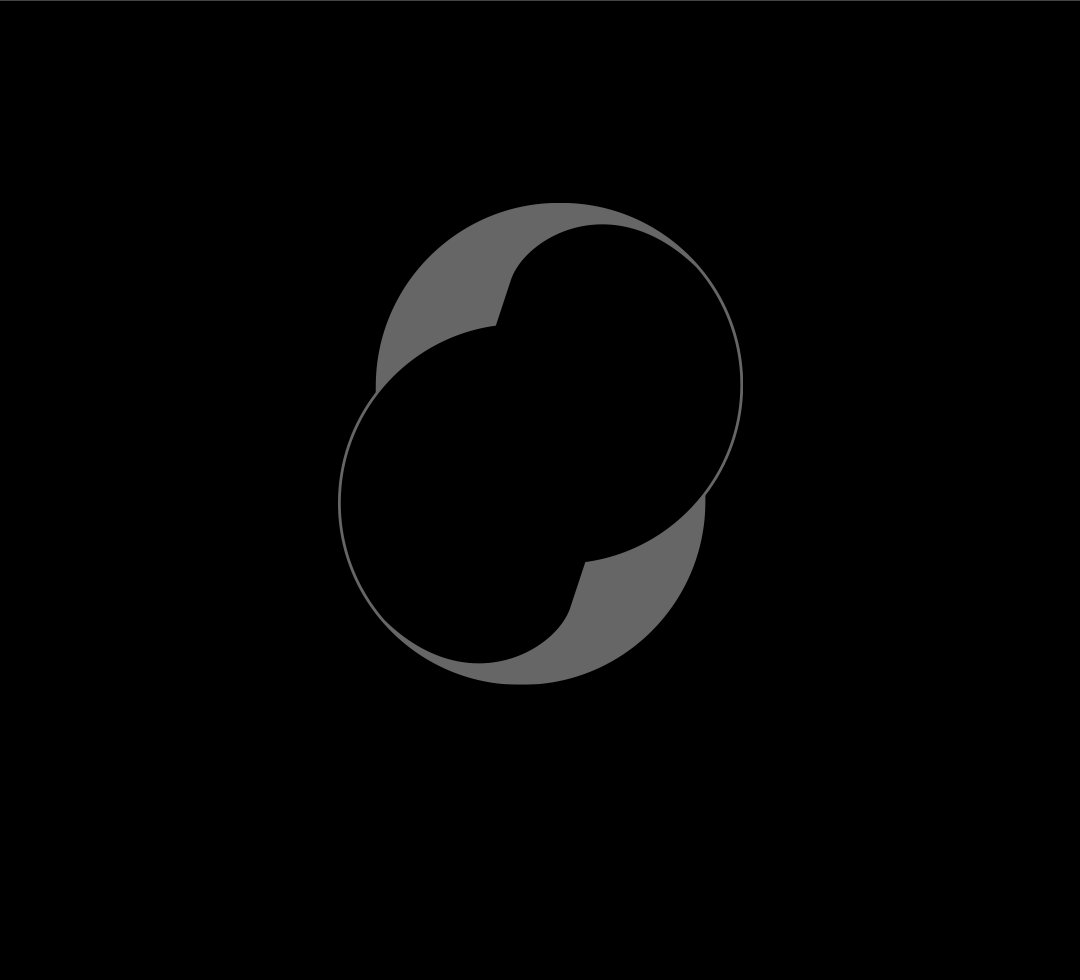
08 Medium of communication
As graphic designers our options for communication have never been greater. The days of deciding between TV, radio or print material such as brochures, posters, or flyers are long gone. Don't get me wrong, when done well, nothing will quite leave the lasting impression provided by a great piece of printed material in your hands. The texture, smell, and feel can not be replicated. This is particularly relevant for packaging.
When print design is essential, technology has progressed dramatically, so it is now easier than ever to opt for recycled stock or vegetable inks. Even foiling by Foil Co is now completely compostable. In addition to print techniques and paper stock, it is also wise to consider logistics by selecting local printers to reduce transport emissions.
Despite the beauty and nostalgia of printed material, for the vast majority of communications, digital is now the logical design strategy. It is cheaper, faster, and provides direct access to the correct target audience.
As a graphic designer, regardless of whether it is digital or print, we should be considering the medium and how to minimise the impact of the chosen route.
References
-
Foil Co – Compostable foil printing
Foil Co
Compostable foil print
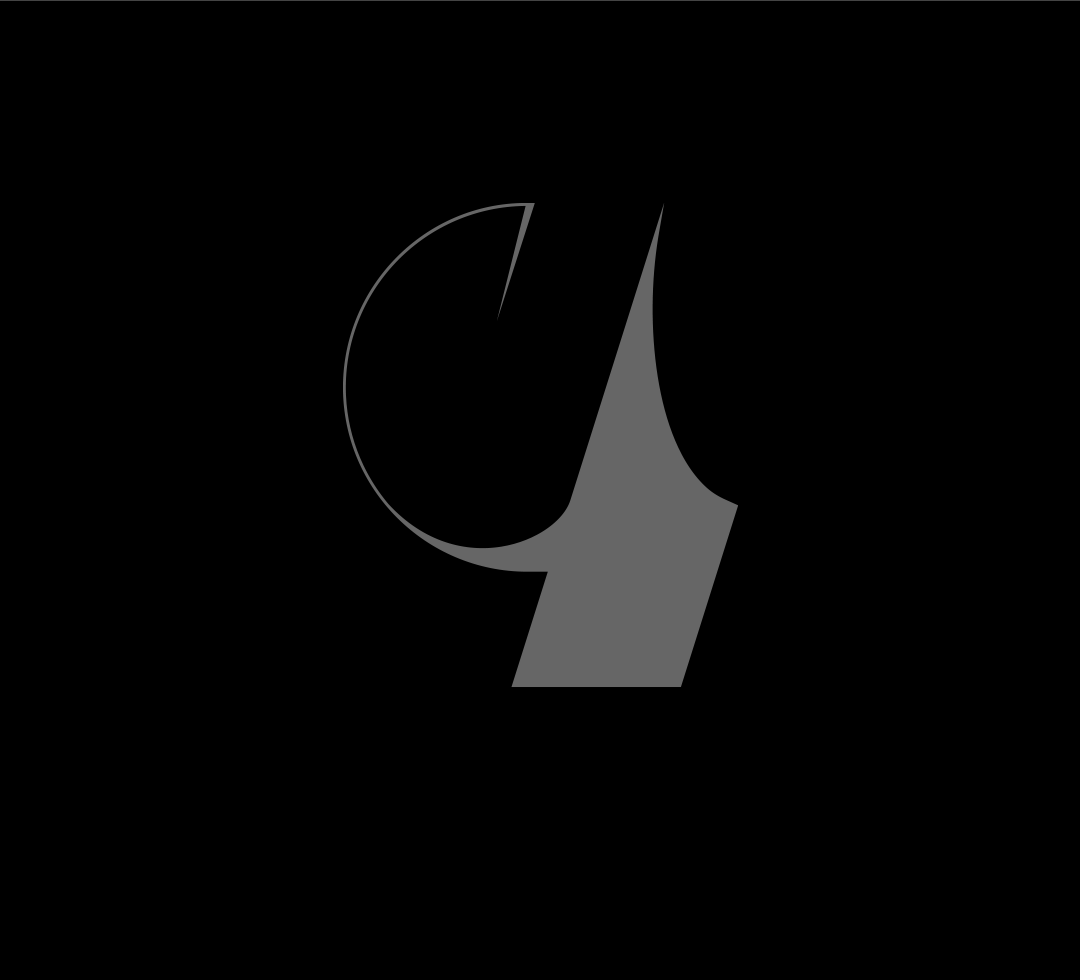
09 Guilt by association
Just when you thought you had everything covered, there is always another thing to consider – supply chains. In this time of social media, trying to cover up anything is a dangerous game. Even if your client is squeaky clean, if their partners are not so ethical they will be quickly tarred with the same brush.
Therefore as their graphic designer, it is important to fully review their workflow process from start to finish. Which partners do they work with along the way? Could they collaborate with more eco conscious operators? How do the third parties operate? Who are their partners?
Once again, you are likely to meet resistance or changing partners may not be legally or economically viable for the client. But at the very least, they should be aware of the potential ramifications of their alliances if exposed.
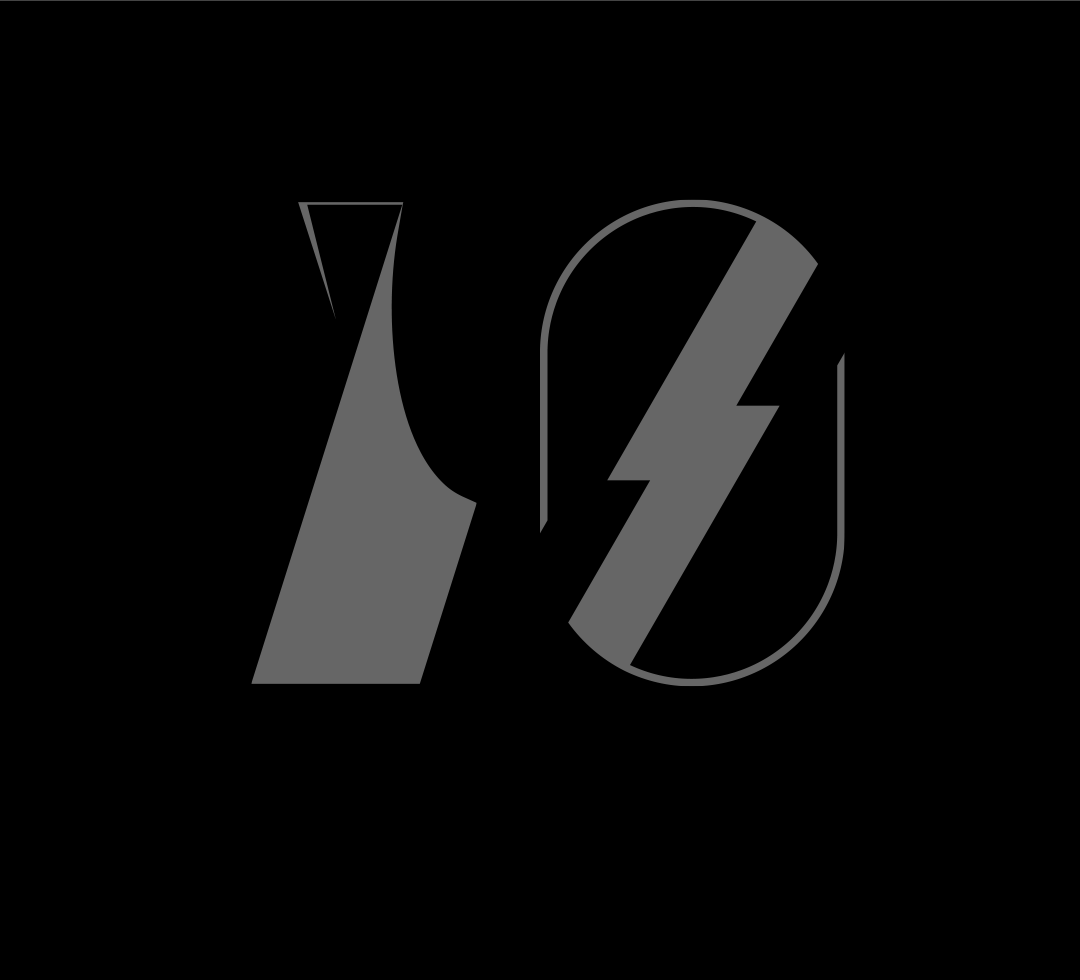
10 Efficiency
So you have managed to convince the client to communicate their messages digitally, so eco job done! Well not quite. Unfortunately, every action has an ecological consequence that needs to be taken into consideration. Consequently, efficiency becomes paramount. So when using static images or video, as the graphic designer it is essential to ensure they are compressed and optimised accordingly. When using images or animation online, rather than opting for video or a jpg / png by default, if the artwork is vector based, consider more efficient options available. For example, vector based artwork could be exported as an svg whereas for animations Lottie files may be an option. These formats maintain the clean, efficient vector format leading to small files sizes and pin sharp graphics at all scales.
Once again, this may sound like more work, so what’s the point? Well, aside from the eco benefits it is hugely beneficial to the client. Smaller file sizes lead to faster sites, greater performance, and engagement leading to an increase in conversions. Optimising content is a win-win. There are so many great, free packages available, it should now be a default part of the design process. For raster images, optimisation in Photoshop at 70 is usually fine, followed by further lossless compression in Jpeg mini. This free app can shed another 30-50%. For video, another free app, Handbrake, can reduce raster based video dramatically.
References
-
JPEGmini – Lossless image compression
JPEGmini
Lossless image compression app
-
HandBrake – Free video compression app
HandBrake
Free video compression app
Conclusion
In conclusion, embracing sustainability as a graphic designer is not only a positive action towards ensuring our future, but also beneficial to your clients. Sustainability should no longer be perceived as an additional service to be offered if requested. It should now be an integral part of the design process for every client.
Ultimately, we need to change the way we live, but in reality, we would rather we didn’t have to. We all want our lives to be simpler, rather than more complex. However, failure to do so could simply mean you are left behind. As graphic designers we must continue to learn and evolve to remain relevant.